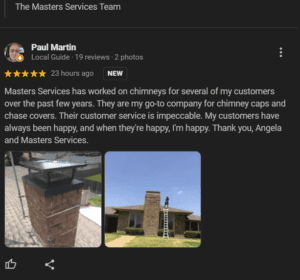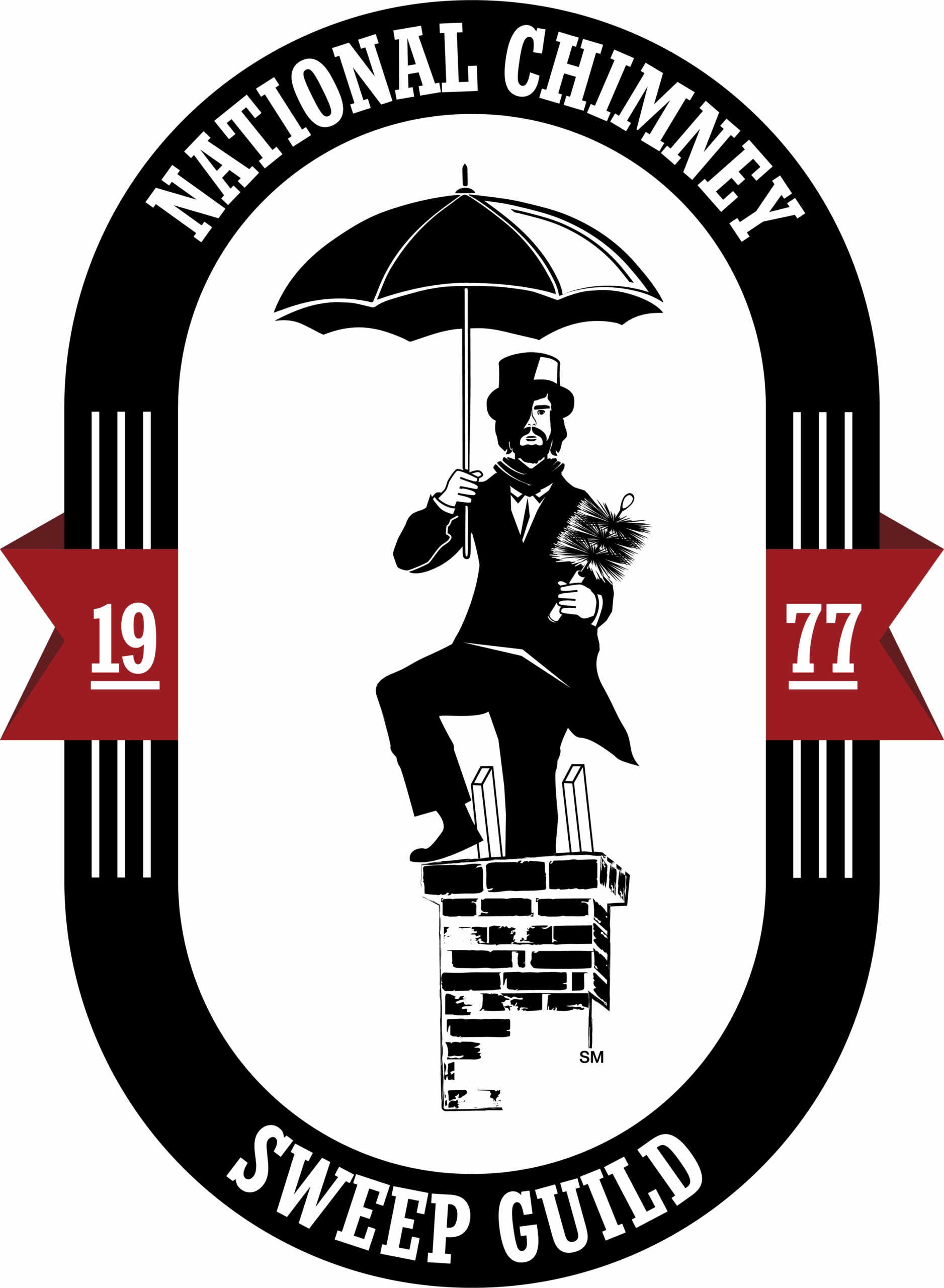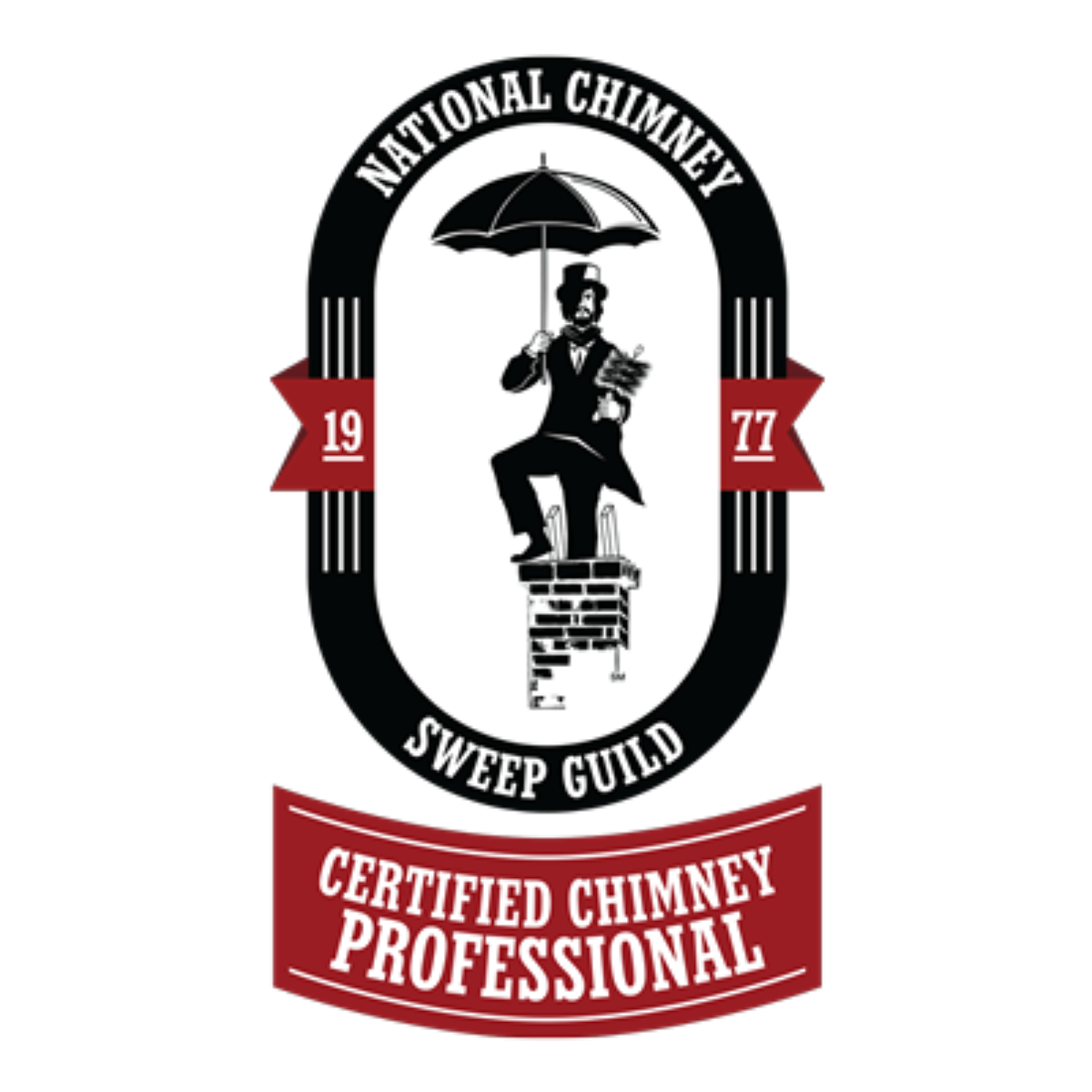The Role of Creosote in Chimney Fires: Causes and Prevention
Understanding the Dangers of Creosote in Your Chimney
What Is Creosote, and How Does It Form in Chimneys?
Creosote is a black, sticky, and highly flammable substance that can accumulate inside your chimney over time. It forms as a result of incomplete combustion of wood or other fuels in your fireplace or stove. When the smoke and gases produced during burning cool down as they rise through the chimney, they condense and adhere to the chimney’s inner walls, forming creosote.
The creosote buildup in chimneys is common, especially in wood-burning stoves and fireplaces. While it may seem harmless at first, creosote can pose a significant fire hazard if left untreated.
The Connection Between Creosote Buildup and Chimney Fires
Creosote buildup in your chimney is directly linked to the occurrence of chimney fires. Creosote is highly combustible and can ignite at relatively low temperatures. When a substantial amount of creosote has accumulated in the chimney flue, it becomes a fire hazard waiting to happen.
Chimney fires can be extremely dangerous, as they can spread rapidly and cause significant damage to your home. The intense heat generated during a chimney fire can crack chimney liners, damage the chimney structure, and even lead to house fires.
Recognizing the Signs of Creosote Buildup
To prevent chimney fires, it’s essential to be able to recognize the signs of creosote buildup. Some common indicators include:
- Thick, black, or shiny residue on the chimney walls.
- A strong, smoky odor coming from the fireplace.
- Difficulty in opening or closing the damper.
- Reduced chimney draft, leading to more smoke entering your home.
If you notice any of these signs, addressing the issue promptly is crucial to minimize the risk of a chimney fire.
Preventing Creosote Buildup and Chimney Fires
Preventing creosote buildup and chimney fires requires regular maintenance and responsible burning practices:
- Schedule annual chimney inspections and cleanings by a professional chimney sweep.
- Burn only seasoned hardwoods, as they produce less creosote compared to softwoods.
- Ensure your firewood is dry and well-seasoned to reduce creosote formation.
- Avoid burning trash or treated wood, as they can release harmful chemicals and increase creosote buildup.
- Use a quality spark arrestor or chimney cap to prevent sparks and debris from entering the chimney.
By following these preventive measures, you can significantly reduce the risk of creosote buildup and chimney fires.
The Importance of Professional Chimney Maintenance
While regular maintenance practices can help minimize creosote buildup, it’s essential to enlist the services of a professional chimney sweep. A trained technician can thoroughly clean your chimney, removing any existing creosote deposits and ensuring the safe operation of your fireplace or stove.
Professional chimney inspections also help identify any structural issues or other potential hazards that could lead to chimney fires. Investing in professional chimney maintenance is a small price to pay for the safety and peace of mind it provides.
Protecting Your Home from Chimney Fires
Understanding the role of creosote in chimney fires and taking proactive steps to prevent its buildup is crucial for the safety of your home and family. Regular chimney inspections, responsible burning practices, and professional maintenance are key to ensuring your chimney remains safe and efficient.
At Masters Services, we specialize in chimney inspections, cleanings, and repairs to help you protect your home from the risks associated with creosote buildup. Don’t wait until it’s too late – schedule your chimney maintenance today and enjoy the warmth of your fireplace with peace of mind. Your safety is our top priority.
See what our clients are saying about us in our Dallas Chimney Sweep Near Us Google Reviews:
Masters Services Dallas location is here…
Read about us on us on Facebook serving as a chimney sweep Dallas near me provider of a 5 star chimney service experience.












